Woman suffers stroke after tearing artery during intense yoga pose
She thought her pain and blurry vision were the result of a herniated disk in her neck
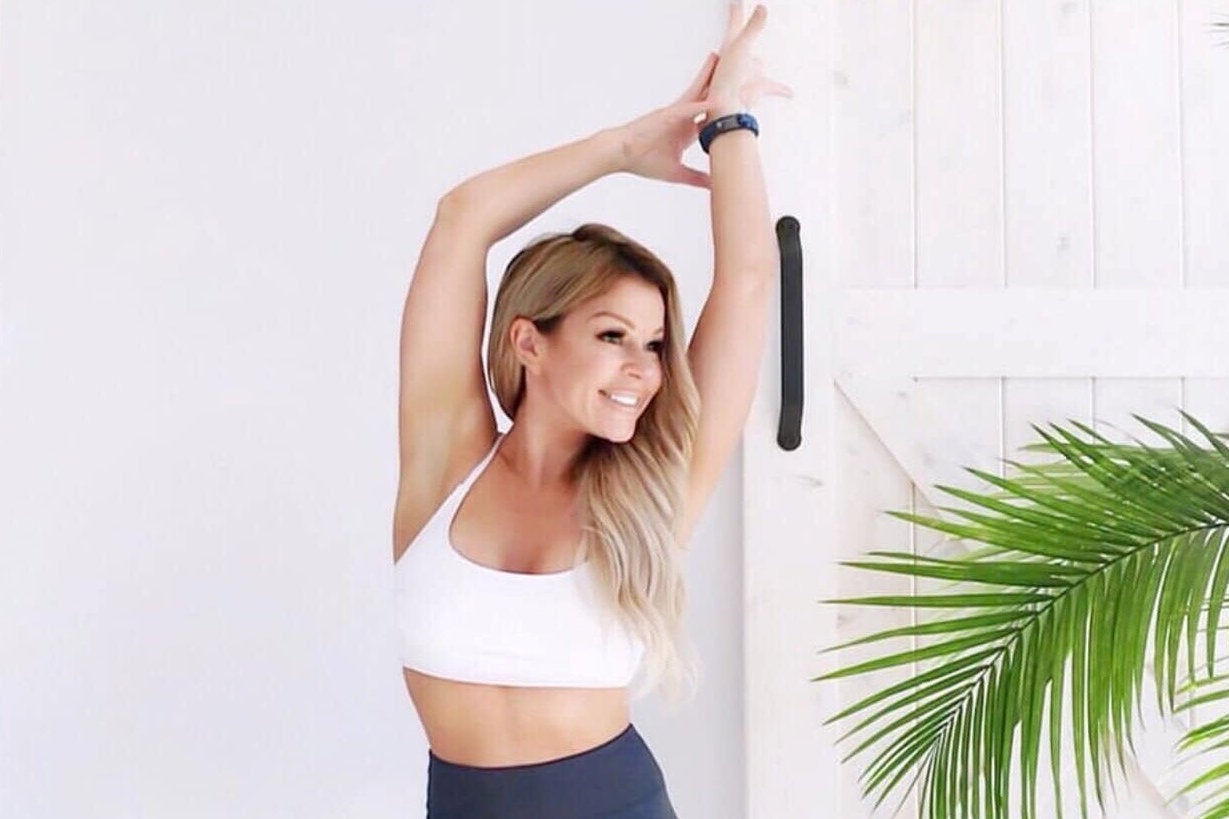
Your support helps us to tell the story
From reproductive rights to climate change to Big Tech, The Independent is on the ground when the story is developing. Whether it's investigating the financials of Elon Musk's pro-Trump PAC or producing our latest documentary, 'The A Word', which shines a light on the American women fighting for reproductive rights, we know how important it is to parse out the facts from the messaging.
At such a critical moment in US history, we need reporters on the ground. Your donation allows us to keep sending journalists to speak to both sides of the story.
The Independent is trusted by Americans across the entire political spectrum. And unlike many other quality news outlets, we choose not to lock Americans out of our reporting and analysis with paywalls. We believe quality journalism should be available to everyone, paid for by those who can afford it.
Your support makes all the difference.A woman who suffered a stroke after attempting a yoga position returned to the mat just a month later - despite continuing to suffer from memory loss and pain.
Rebecca Leigh, 40, from Gambrills, Maryland, suffered the injury while filming a yoga handstand pose tutorial for her more than 26,000 social media followers in October 2017.
According to Leigh, just hours after she’d finished the tutorial, she began to feel weak and her vision began to blur - but she just assumed the symptoms were caused by herniated discs in her neck.
But it was two days later, when she noticed that her pupils were different sizes, that she rushed to the emergency room.
“My right eye drooped and my pupils were different sizes,” she said. “It was terrifying. It was then that I knew something was very, very wrong.”
At the emergency room, an MRI scan revealed that Leigh had suffered a stroke, a diagnosis that required Leigh to spend the next five days in the neurological intensive care unit so doctors could run tests.
It was a CTA scan that finally revealed Leigh had torn her right carotid artery, one of four arteries that supplies blood to the brain, while doing an advanced type of handstand called a “hollowback” handstand, which "requires you to extend your neck, drop your hips back and arch your lower spine all while in a headstand," Leigh explained.
Doctors found the tear resulted in a blood clot in her brain that caused the stroke - and the trauma of the tear in the wall of the artery also caused a small aneurysm.
Following the injury, Leigh experienced terrible headaches that made light unendurable.
“The stroke caused massive head pain, unlike any headache I had ever experienced before,” she recalled. “I couldn’t shower without help, wash my hair, feed myself, or take my pile of scary and unfamiliar life-saving medications.”
Leigh also experienced a “constant wooshing sound” in her right ear - the “sound of the blood trying to get through my artery up into my brain.”
After a month of excruciating pain, Leigh was eventually able to achieve small milestones such as sitting up i bed to watch TV or talking short three-minute walks outside.
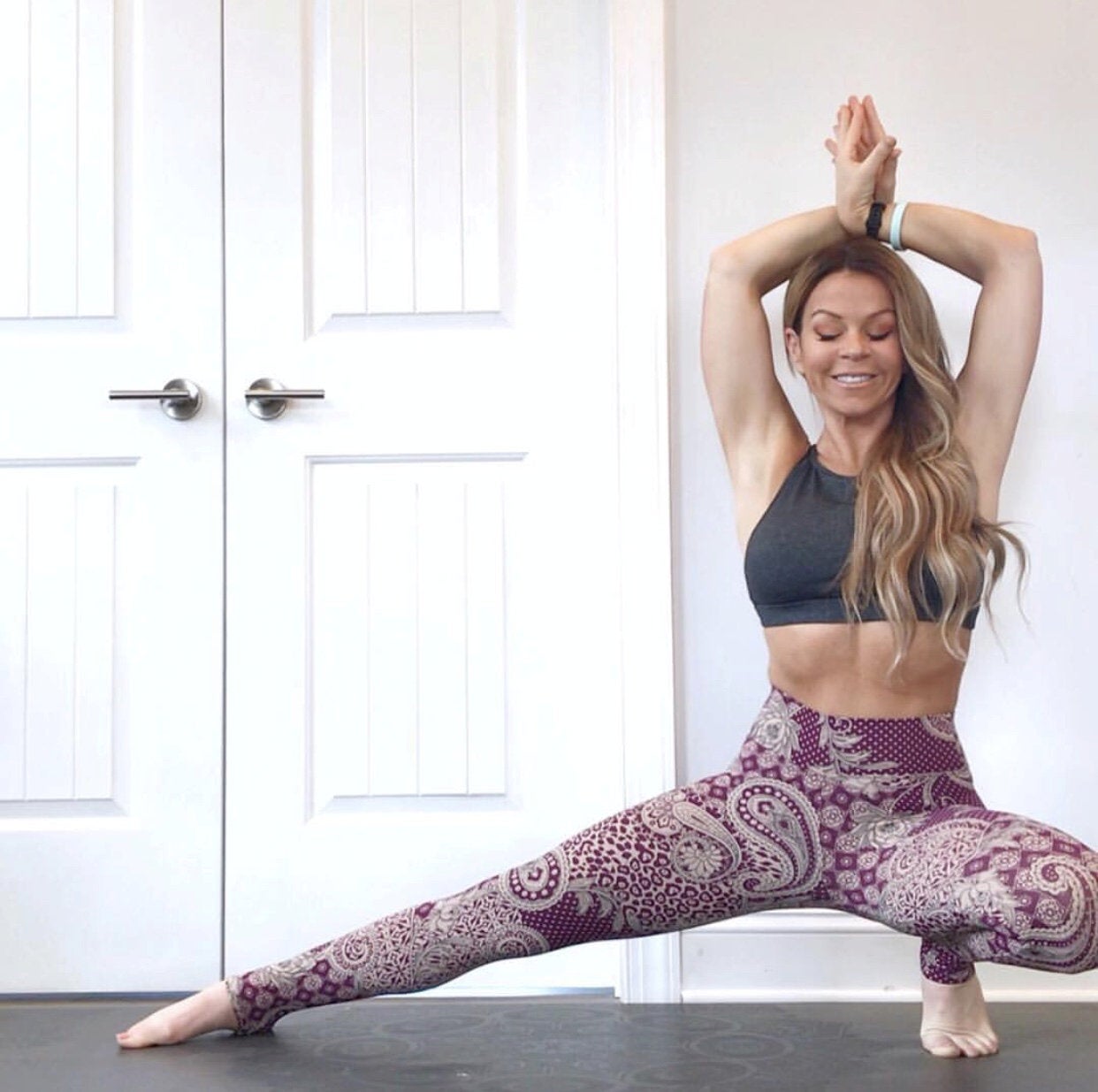
Shortly after, she went back to her yoga mat, because she know “if I didn’t get back to my practice relatively soon after my stroke, I never would”.
Six months later, however, she was still dealing with the effects of the stroke and aneurysm.
“I am still dealing with some sort of headache, face or neck pain on a daily basis,” she said. “My face physically hurts and gets worse just by talking for a few minutes or having a busy day.
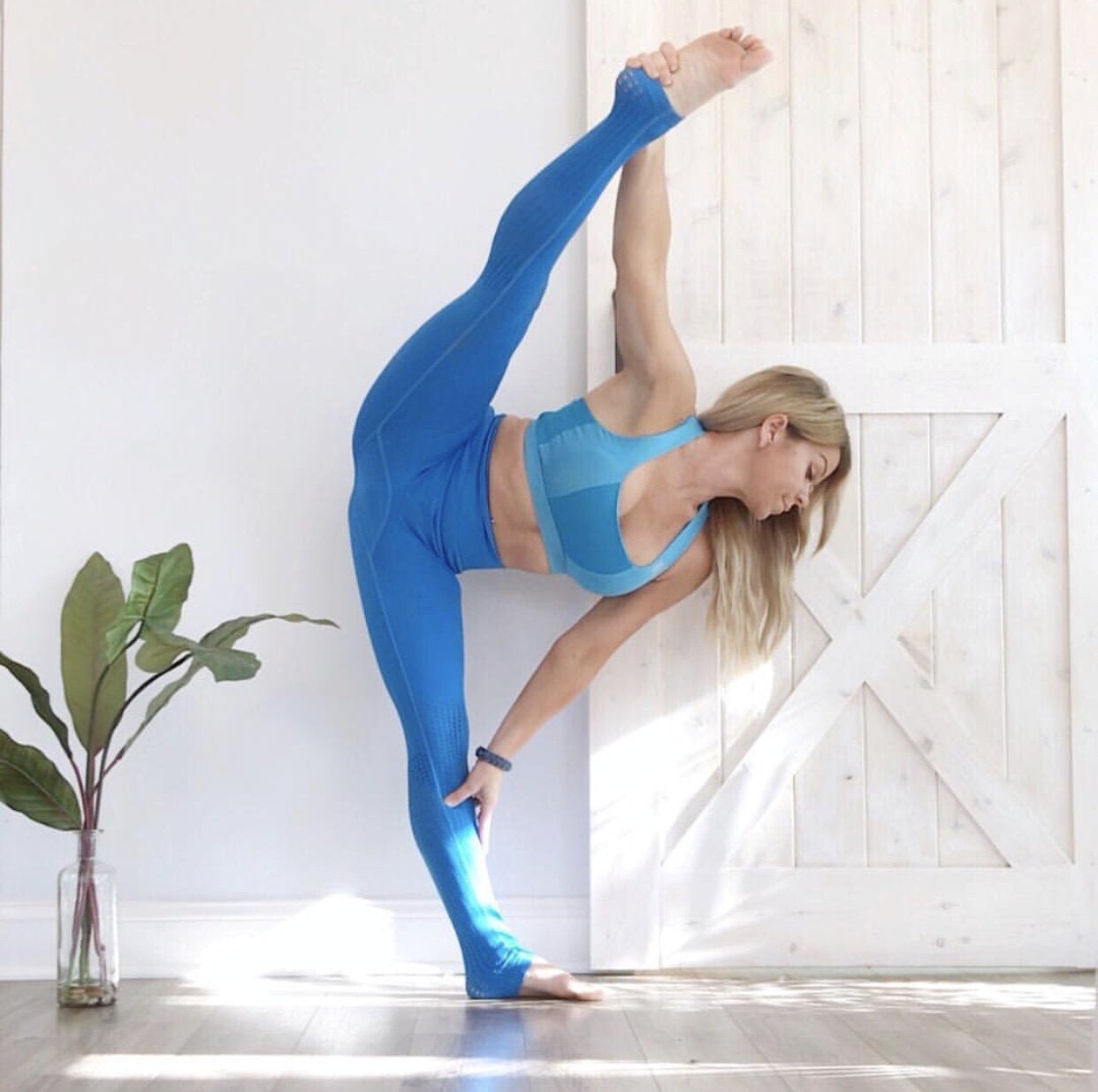
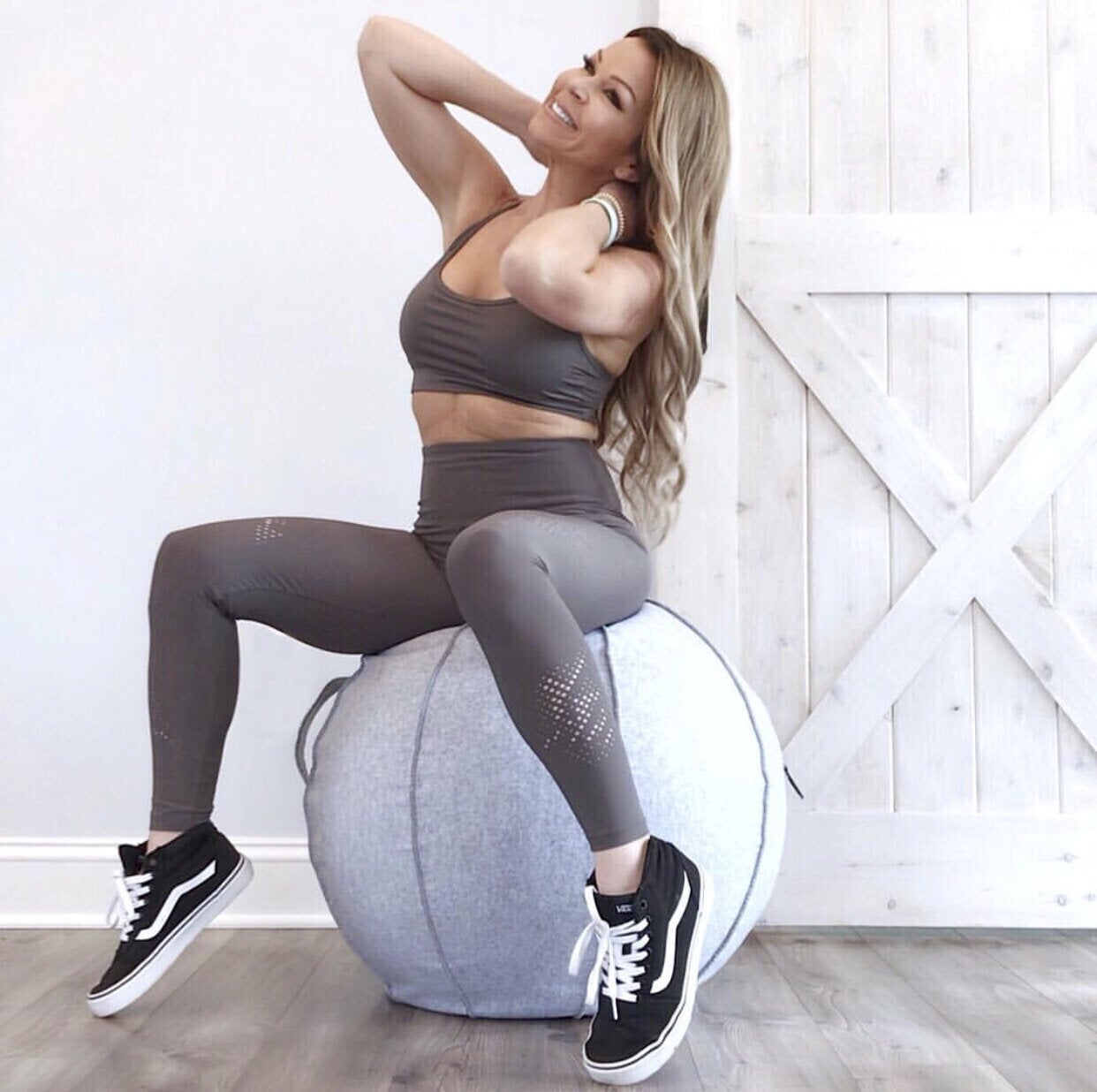
“I forget things quickly. I have to ask people to remind me of things they’ve already told me, something I never had to do prior to my injury.”
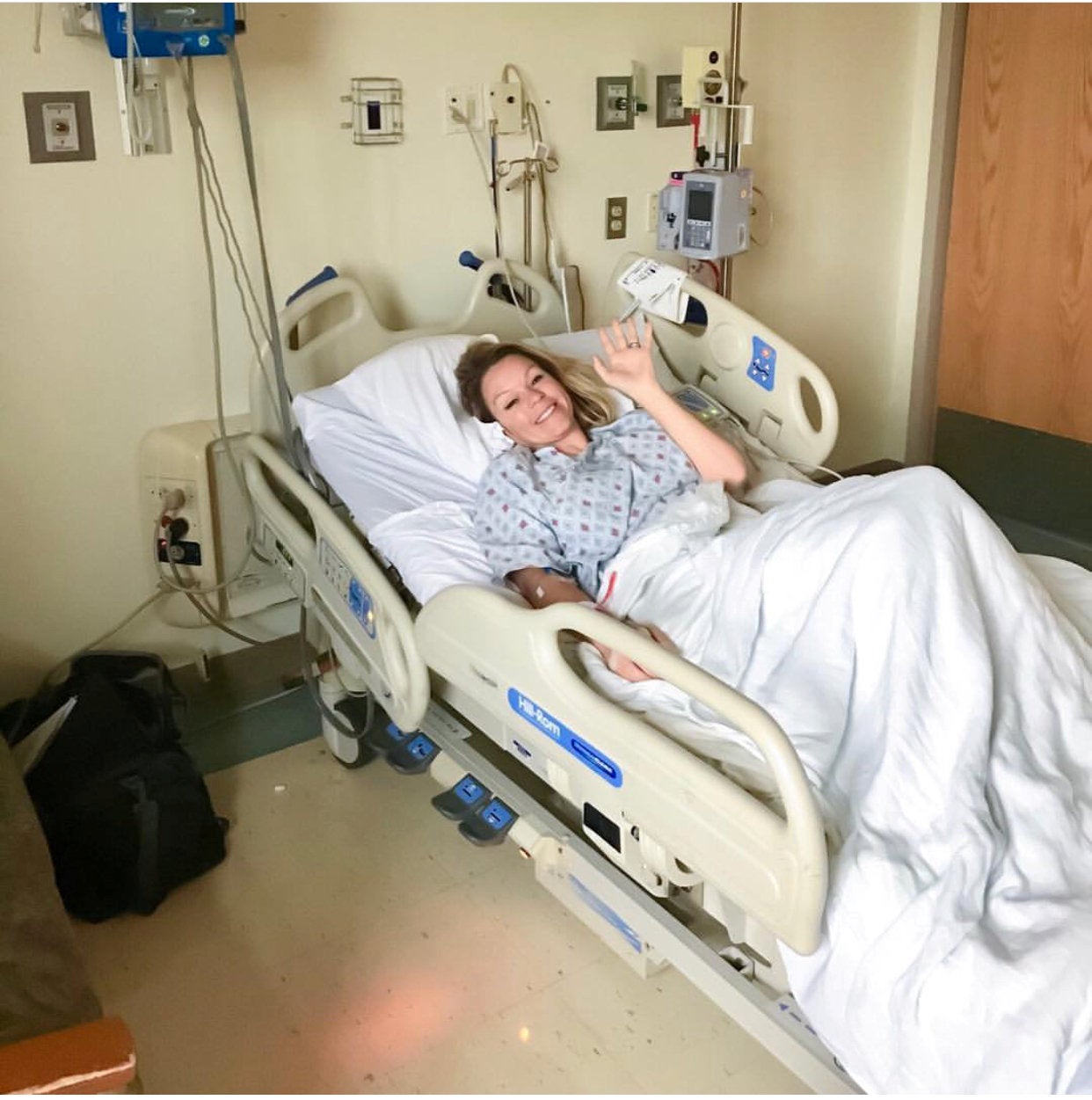
Now more than a year since her incident, she refuses to let the accident hold her back - but wants to inform others who practice yoga to be careful.
“About a year after my stroke I was about 75 per cent back to where I was before my stroke,” she said. “The fact that I can touch my toes is enough to make me smile.
“I wanted to share my story so that something like this doesn’t happen to any other yogis. If I had read of just one incidence of something similar, I would have known that a stroke was a very real possibility when I was experiencing my symptoms.”
A carotid tear typically results from a neck injury such as a car accident. According to Cedars-Sinai Medical Centre, symptoms include headaches, eye pain, neck pain, a droopy eyelid and small pupil, weakness, numbness, and other issues.
Join our commenting forum
Join thought-provoking conversations, follow other Independent readers and see their replies
Comments